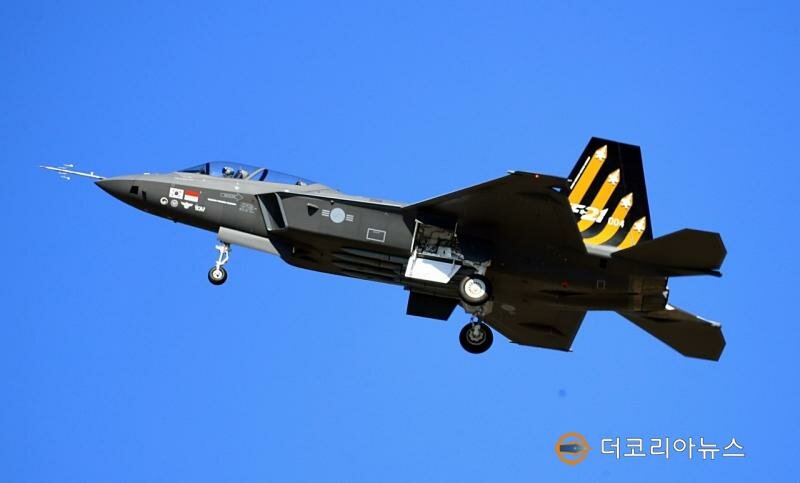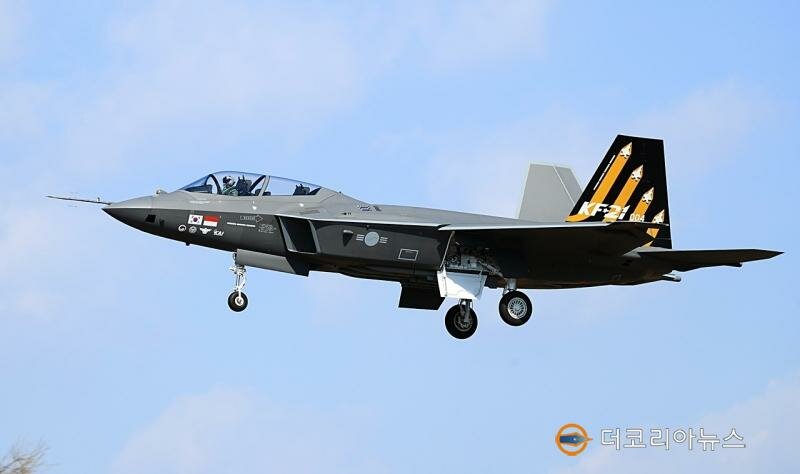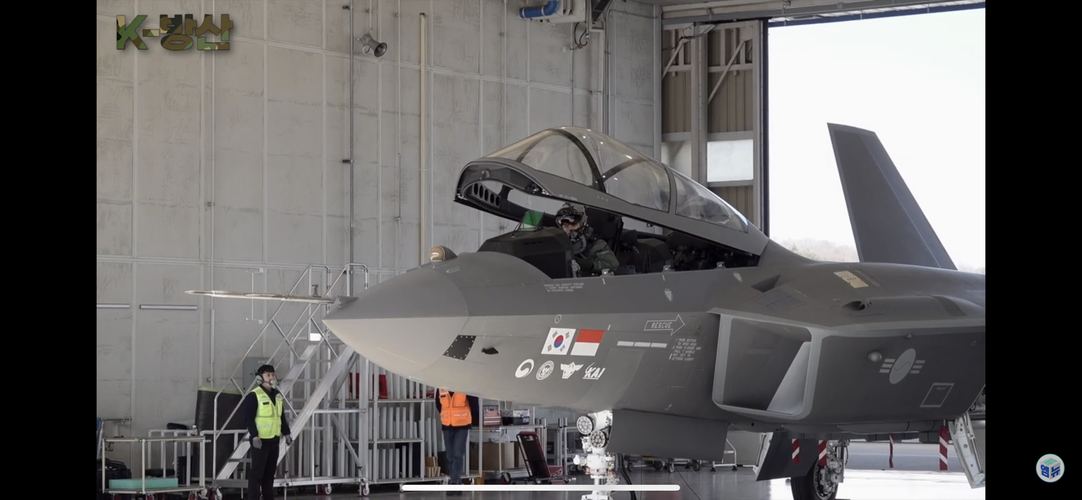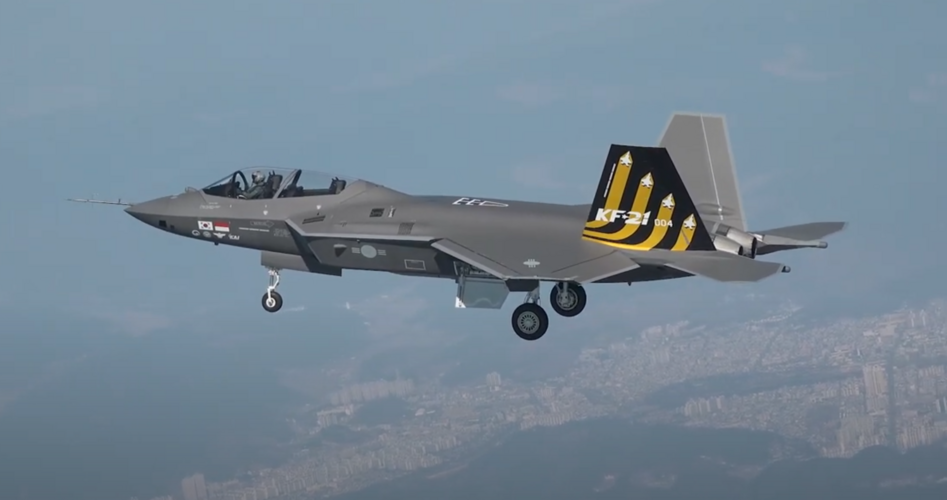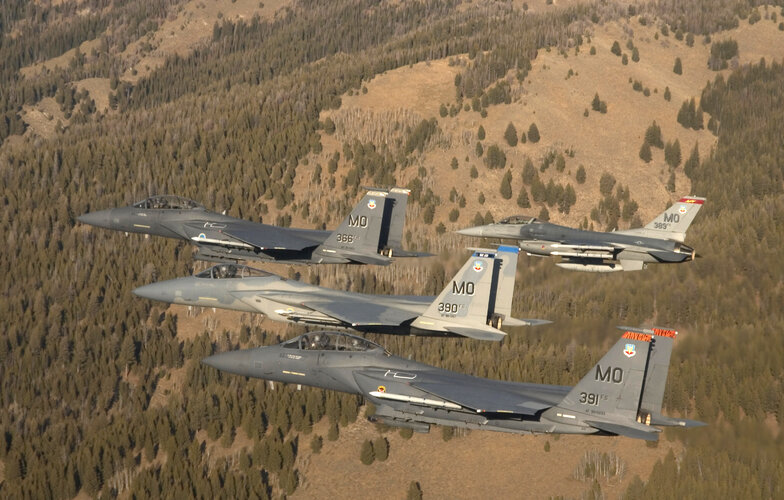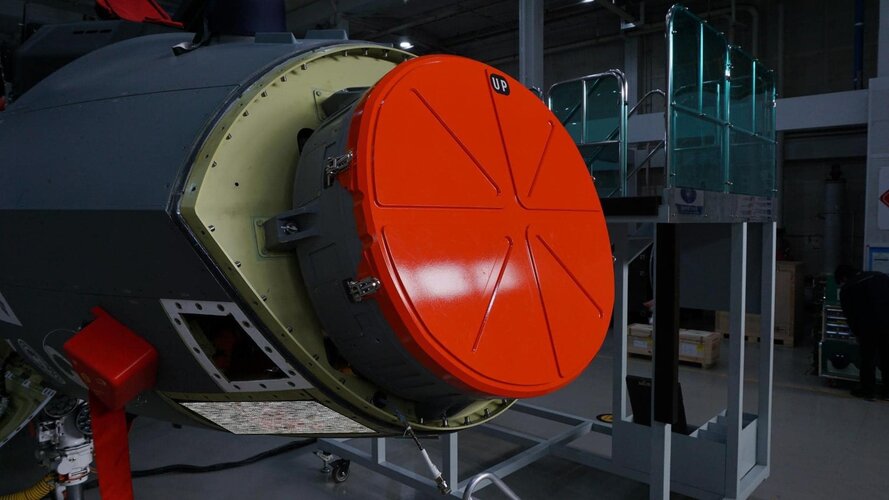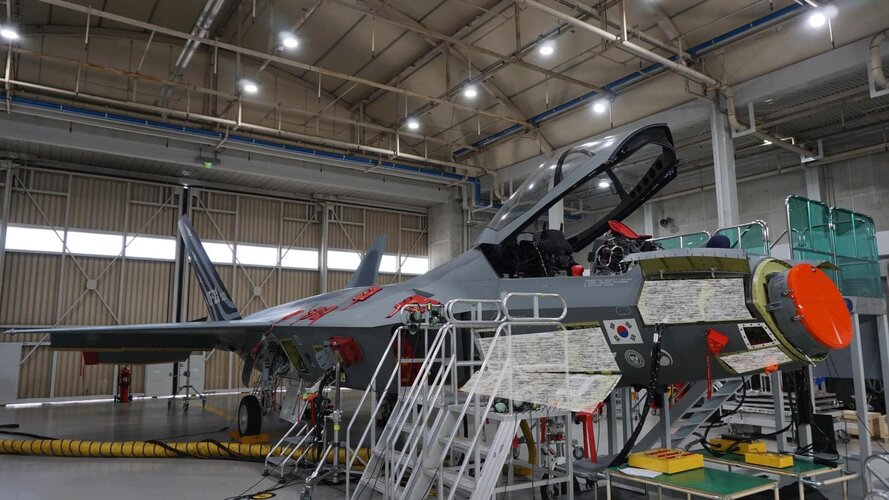Continuing from my last post, in 2011 the 3rd F-X program was officially initiated by Defense Acquisition Program Agency and RFI were sent to the manufacturers of the candidates of the program. Although I wouldn't go into detail concerning F-X, since there's a separate thread here in the forum, it is very important to note that the 3rd F-X program was highly interconnected to the KF-X program around this period. I'll give more details about such interconnections down below.
In the meantime, the preliminary studies regarding the KF-X program was concluded in December 2012. It now only needed a go sign from the administration to enter the development phase, although things didn't went all that smoothly. Following constant oppositions against the program, the government commissioned yet another feasibility study to KIDA, this time named "reassessment" concerning KF-X development phase in 2012. The reassessment was going to be concluded before the preliminary study was over so that it could line-up with the transition into development phase; but - to no one's surprise - KIDA once more concluded the KF-X program to be "not feasible". Development of the KF-X was once more postponed indefinitely. Obviously ADD strongly objected such conclusion and DAPA commissioned a follow-on study, this time to KISTEP. Unlike KIDA, KISTEP deemed KF-X feasible. One of the results of the KIDA study was that the alternative development strategy for the KF-X program was considered. The presentation in the Eurofighter thread (
https://www.secretprojects.co.uk/threads/eurofighter-typhoon.11962/post-578785) describes such alternative plans very clearly; on top of the clean-sheet KF-X based on C103/203, a FA-50 based design and a derivative fighter based on foreign model were considered. FA-50 based design for one was very similar to C102E, although way less capable. A derivative fighter varied in its development scale and capabilities depending on the proposed bidder. As I've wrote in the Eurofighter thread, EADS' bid was the most extensively modified design, followed by Boeing then LM with their modest modification based on Falcon.
As you could imagine, the KIDA reassessment and alternative development strategies were very hotly debated, both by the decision makers and enthusiasts. Most people supported either the C103 (supported by ROKAF, ADD) or a derivative fighter jet (supported by KIDA, some politicians) since the FA-50 based design (supported by KAI) was way less capable than the two. By this point, the 3rd F-X program and KF-X were getting strongly connected to each other, as I've mentioned in the beginning. Although DAPA deleted/loosened the original ROC which strongly favored 5th gen bids (F-35 and PAK-FA) in early 2013 in order to level the playing field amongst candidates and therefore achieve stronger leverage for more favorable deal, it was still very much clear that the ROKAF favored a 5th gen model (F-35). With that in mind, EADS' bid for KF-X could very well been interpreted as a desperation move to win the deal. More to it later. By this point civil discussions were becoming less of an occasion at some forums. One should know that most of the Korean forums during this period was very loosely moderated so once the shots were fired, there was no turning back.
Anyways, the discussions regarding a derivative fighter based on foreign models ended by August of 2013. It was now decided that the KF-X will be wholly Korean model, either entirely clean sheet or based on FA-50. As I've noted above, the majority of military enthusiasts, along with ROKAF and ADD strongly opposed the FA-50 based design. The biggest problem was the reliance on the technologies derived from the KTX-II program (which led to T-50). As most of you would know, Korea severely lacked any aerospace expertise and technology during the KTX-II program and relied heavily on LM for the development of T-50. As a result, majority of the technologies used/derived in and from the KTX-II program were under control of LM and US. Should the KF-X get developed based on FA-50, it was clear that US will have a major control over this jet. But others argued that they should go with the safer FA-50 based design considering Korea's technological capabilities, save budget and reallocate it to expand the F-X program. Also to consider was serious reliability issues with the aging F-4 and F-5 fleets. Although F-4s were better off since the F-X fighter was going to replace it by mid 2020s, F-5s which were to be replaced by KF-X was dropping out of sky every now and then. By 2013, 4 birds crashed since 2008 and it was expected that such reliability issues and crashes would only worsen. In that sense, the FA-50 based design was not only cheaper but also required less development time and was suitable in replacing F-5s as fast as it could.
In the meantime F-X program was going nowhere. All three bidders (Sukhoi dropped out early on) were not able to bid below budget for a few months already, though by August rumors were flowing out that Boeing and EADS somehow got their bids within the F-X budget limit. Also, By this point it was decided that the winner of the F-X program was going to be the TAC of the KF-X program, providing technical assistance as the offset for program selection and the contract clause was structured accordingly. Boeing and EADS were competitively offering more and more offset clauses due to the inherent disadvantage of their bids compared to LM, of which EADS' (and Eurojet's) offset offers were especially (and unbelievably) lucrative. For this reason there were a lot of enthusiasts who've supported EADS' deal, though there were just as much if not even more doubters of such deal sweeteners, especially those who remembered how the Europeans handled any international programs with Korea. On top of that, Eurofighter's reputation as the most expensive fighter jet to maintain hasn't helped with their chances.
The final blow to EADS was their disqualification following their arbitrary, unilateral change to the contract clauses of their bid. F-15SE was now virtually the sole candidate and was the preferred bidder, close to winning the deal. DAPA had to choose between F-15SE or program reset. The possibility of F-15SE winning F-X was heavily criticized by the ruling party and was very much opposed by the Air Force. DAPA ultimately reset the bid and EADS got their arse saved though it was clear that their reputation was very much damaged. EADS doubled down on their desperation move and Boeing changed their bid to Advanced Eagle ditching Silent Eagle proposal but to no avail, LM won the competition by late 2013, just as expected.
Though, once the F-35 was selected, there now was a congressional EL problem concerning transfer of technologies from LM to Korea during the technical assistance. It became clear that Korea would not be getting what they've wanted. Also, the FA-50 based design took further shape and was named the C501 or KFX-E. Debates continued on and reached its height on- and offline, though especially in the internet forums concerning whether the C103 based development was feasible and should they go with the C501 instead. US Congress declining the EL for the ToT only fueled such debates even further. Variety of topics were discussed, ranging from costs, development schedule, risks, capabilities, technicalities of single- and twin-engined designs, etc. One of the most controversial topic was the "potential for future growth" in either designs. The iterative design approach, ranging from a 4.5th gen block 1 to LO block 2 followed by fully VLO, 5th gen block 3, as proposed by ADD was also born around this period. Once more, people were fighting over the question of "if such iterative design approach was possible or not" and "if possible with C103 as ADD claims, is it possible with smaller C501?". Obviously such discussions went nowhere since there were no fighter jet like KF-X before KF-X; a 4.5th gen fighter aircraft designed with LO, planform aligned airframe that could "potentially" be improved into fully stealth, possibly 5th gen fighter. No one was able to give clear-cut and reliable answer to all these bunch of internet nobodies. Debates were getting very rough and were becoming something that one would no longer call a debate but a total shitshow full of name-calling. Long time forum members of SPF or former users of Key.pub wouldn't be all that unfamiliar with such development if you remember how things were in the F-35 or Rafale/Eurofighter related threads around a decade ago. Some websites, such as Bemil or Aerial Combat Gallery, which were the biggest Korean military/aviation enthusiast forums at the time literally went downhill, losing well informed and mannered members due to uncivilized, borderline uneducated/troll attitudes of other forum members. Consequently, new military enthusiast forums were also born around this period with much stricter moderation.
In the end, as we all know the twin-engined C103 was ultimately chosen as the basic concept of the KF-X, mainly thanks to the ROKAF support for a bigger design and the development phase started in 2015. Again, the Eurojet lost to GE in the engine bid despite offering wider range of offsets and industrial participation for Korea. There were some debates concerning the engine bids but it wasn't even close to the slugfest of 2012~14 period before the selection of C103. Those who questioned KF-X continued to stay very much in doubt for a few years afterwards, still questioning Korean industrial and technological capabilities but things have gone very smoothly at least until now. Looking back, KF-X related discussions and debates, especially during the 3rd F-X was never matched in terms of community engagement and participation ever since. I think the biggest reasons are the maturation of Korean military procurement structure/system and industrial/technological capabilities, coupled with the development of the internet environment and the depth of information available to the users.
It was fun summarizing some defence procurement and internet history.


